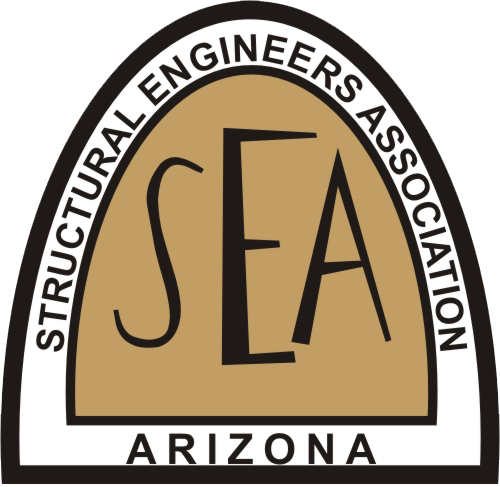Powers/Dewalt Masonry Anchors Presentation Highlights
1. Engineers must remember proper detailing and understanding of masonry fastening
2. Standardization of CMU blocks (ASTM C90- Closed end Block – 8x8x16, most common type of CMU in modern construction) allows us to also standardize anchors.
3. As discussed in opening example, interior edges can create an issue because mortar is only applied at the edge of the blocks (air void between blocks, at head joints – even for fully grouted walls).
4. Way to avoid this problem with closed ended blocks and the air voids is by using open ended blocks such as A or H blocks.
a. Problem with open ended block is can’t use for partially grouted walls and they are fragile
b. Benefit – blocks can be slid between rebar rather than placed over top
5. CMU: block, mortar, grout
a. Due to variability in strengths of grout, masonry and mortar- there is high variability in published anchor capacity in CMU:
b. Post Install Anchors have a safety factor of 5 in CMU vs. 4 in concrete
6. Reference document for all things masonry - TMS 402/ ACI 530/ ASCE 5 – Joint committee document
a. No Mention of Post-Installed anchors
b. Need to refer to post-installed anchors research report for guidance/ data/ values
7. Design of Post install anchors: allowable load x edge reductions x temperature reductions (only for adhesives) x short term loading conditions: seismic/ wind
8. Unlike concrete, need to distinguish between edge/ end, - not the same thing.
9. Need to distinguish orientation of shear load relative to edge/ end
10. When anchors tested in CMU, weakest link is almost always the wall. Recommend on site testing for anchorage into masonry
11. Solutions into CMU
a. Expansion Anchors: Dewalt/Powers Power-Stud+SD1: ESR 2966: for attachment into face and top of wall. Cells must be grouted.
i. Pros: Conventional anchor, popular in industry. Approved for both concrete and masonry
ii. Cons: longer installation time, can’t remove anchor once installed, high compressive forces in hole require greater edge and on-center spacing
b. Screw Anchors: Dewalt Screw-Bolt+ ESR 3889 For attachment info face and top of wall. Cells must be grouted.
i. Pros: Faster installation than expansion anchors. Smaller edge/ on center spacing than expansion anchors. Approved for both concrete and masonry
ii. Cons: contractors might remove and reuse screw anchor – resulting in reduced anchor strength and compromised integrity of published values
c. Adhesive Anchor: Dewalt/Powers AC100+Gold ESR 3200: For attachment into face and top of wall. Cells may be grouted or hollow.
i. Pros: Smaller edge/ on center spacing than expansion anchors. Approved for both concrete and masonry. Approved for hollow or grouted cells
ii. Cons: longer installation time than mechanical anchors (expansion and screw anchors). Capacity reductions for higher temperatures
iii. Remember: Most adhesives approved for installation into masonry are vinylester acrylics (also known as hybrid acrylics). These types of adhesives cure faster than epoxies (for example: at 86 degrees, the Dewalt/Powers AC100+Gold cures in 25 minutes. TheDewalt/Powers Pure110+ epoxy cures in 8 hours). Vinylester acrylics are also more viscous than epoxies. This is important because when installing into non-grouted CMU, the installer uses a screen tube (which is a meshed tube that holds the adhesive. After the installer inserts the threaded rod/ rebar, the adhesive oozes out of the mesh and creates a bulb – this is what keeps the anchor in place in the block. If you use a conventional epoxy (which tend to be less viscous and more watery, the epoxy will just fall right out of the mesh screen.
